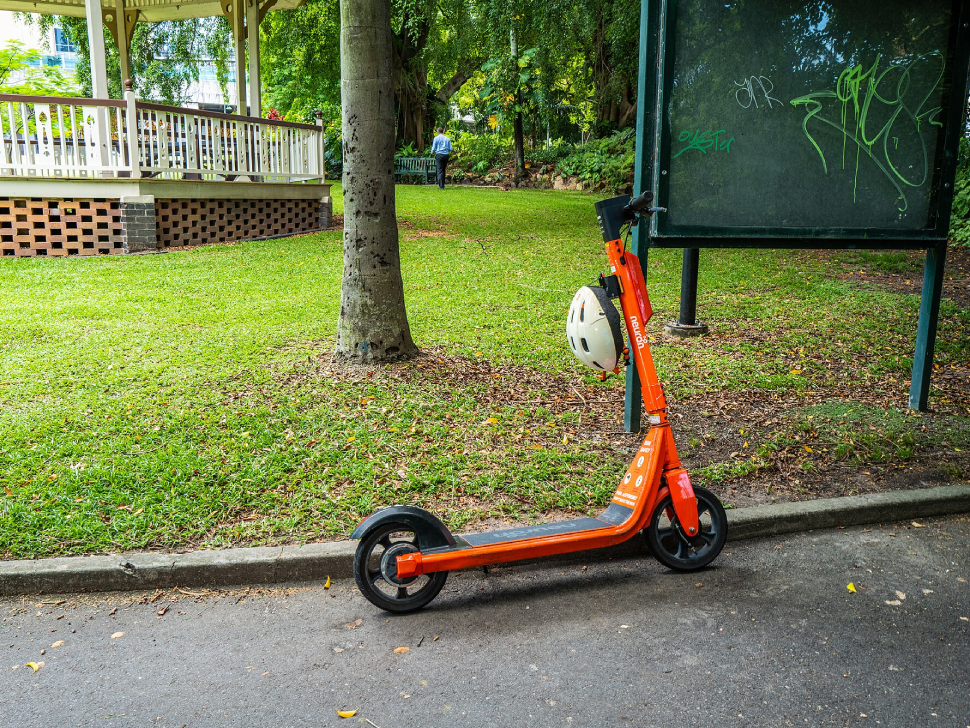The growing popularity of e-bikes and e-scooters is outpacing the rules meant to govern their safe use, a new report from the Canadian Automobile Association (CAA) warns.
The study, commissioned by CAA and conducted by the Traffic Injury Research Foundation (TIRF), was released on Tuesday. It examines how these micromobility devices are regulated in Canada.
While the report shows public shared-fleet programs are generally well-governed, there are notable gaps in safety laws, data collection, and public awareness when it comes to privately owned devices.
"E-bikes and e-scooters offer Canadians a convenient and affordable way to get around," says Ian Jack, vice-president of public affairs at CAA National. "But their rapid adoption is in some cases outpacing the rules meant to keep all road users safe."
Among the key findings, the report highlights that many provinces and municipalities have yet to establish clear rules on speed limits, minimum rider ages, or where the devices can be used.
Sidewalk bans are becoming more common, the report notes, following international studies linking sidewalk use to a higher risk of injury.
Publicly operated shared mobility fleets, such as BCAA’s Evolve E-Bike & E-Scooter Share, often enforce stricter safety protocols, like geofencing, speed governors and minimum age requirements, setting a potential standard for personal use policies.
The report also called attention to data gaps. Most incidents involving e-bikes and e-scooters aren’t recorded unless they involve a motor vehicle, leaving a lack of consistent information to guide policy decisions.
"We need better data collection on these collisions," Jack says. "Without it, we miss opportunities to shape smarter laws and prevent injuries."
The study also warned of potential safety risks tied to uncertified battery imports and user-modified speed settings—hazards less common in regulated fleet programs.
The report encourages jurisdictions to consult broadly when developing micromobility policies, factoring in existing infrastructure and differing travel speeds between road users.
"This is a chance for communities to get ahead of the curve," says Robyn Robertson, TIRF’s president and CEO. "With coordinated regulations and clear safety education, micromobility can be a sustainable and safe solution for Canadians."
The CAA has released five key safety tips for e-bike and e-scooter users, including wearing helmets, riding sober and distraction-free, and staying off sidewalks.
The full study is available on CAA’s website, and the organization is calling on all levels of government to collaborate in building a safer, more consistent micromobility framework.
